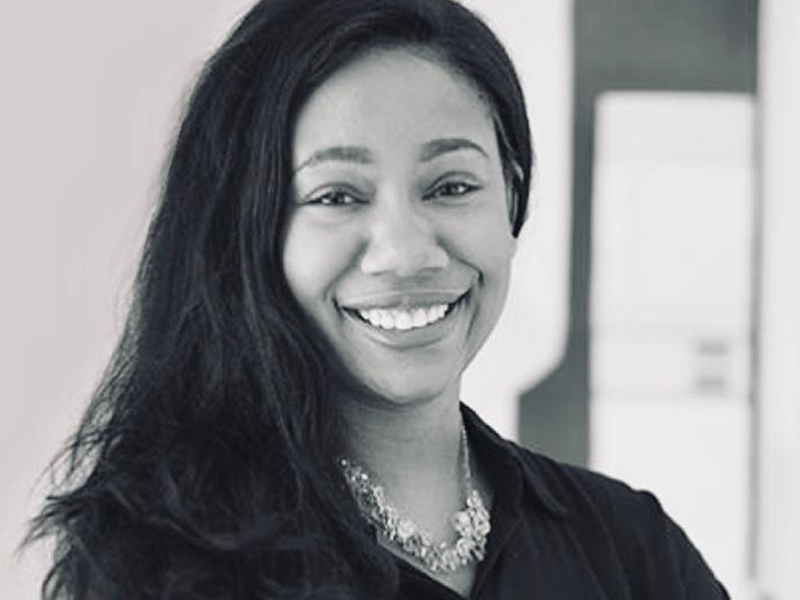The Insurance Industry Reloaded: Preparing the Next Generation Talent Pool
The state of Ohio is fortunate enough to be home to roughly 245 insurance-related companies, which offer a myriad of career opportunities. When we think of insurance careers, they are usually associated with sales agents, claim managers in call centers, and adjusters. This is primarily because the ads we see feature characters like Jake from State Farm or Flo from Progressive. Secondly, consumers will only have interactions with insurance company employees who fill those positions. One does not put much thought into the backend operations of an insurance company, let alone careers in those sectors. So much more goes on behind the scenes in the world of insurance before any interactions occur between customers and the faces of insurance companies. Numerous jobs that require a wide range of skillsets are integral to the proper functioning of the backbone and infrastructure of the insurance industry. Data from the U. S. Bureau of Labor Statistics (BLS) [1], and the Ohio Insurance Institute (Oii) [2], projects that there is and there will continue to be an increase in the need for talent in fields such as computer and information technology, marketing management, accounting, and finance.
ZILLAH FLUKER Ph.D.
QUICK LINKS
Privacy Policy | Copyright 2021





